Beko BDC 643 User manual
Other Beko Oven manuals
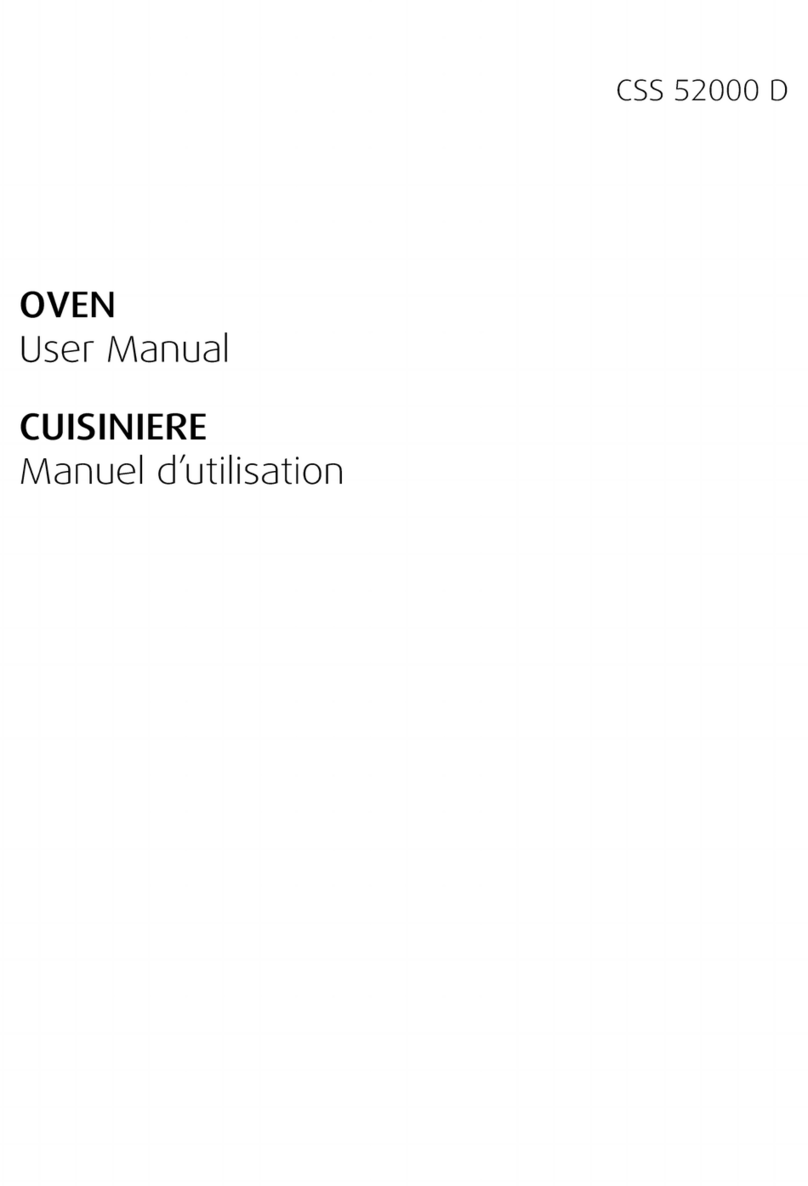
Beko
Beko CSS 52000 D User manual

Beko
Beko GE 15320D User manual

Beko
Beko OIM 22302 User manual
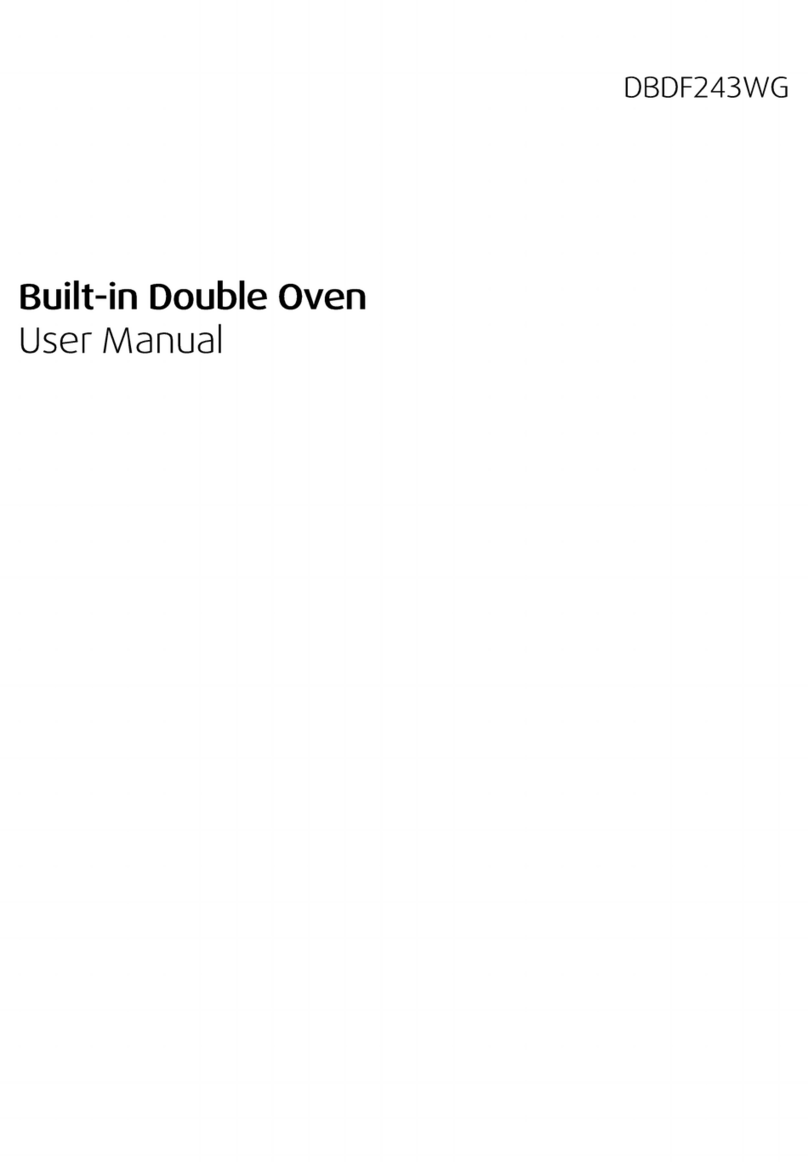
Beko
Beko DBDF243WG User manual

Beko
Beko CSM 89500 GXP User manual

Beko
Beko OIM 22500 XP User manual

Beko
Beko OIM 27201 User manual

Beko
Beko CIF70W User manual
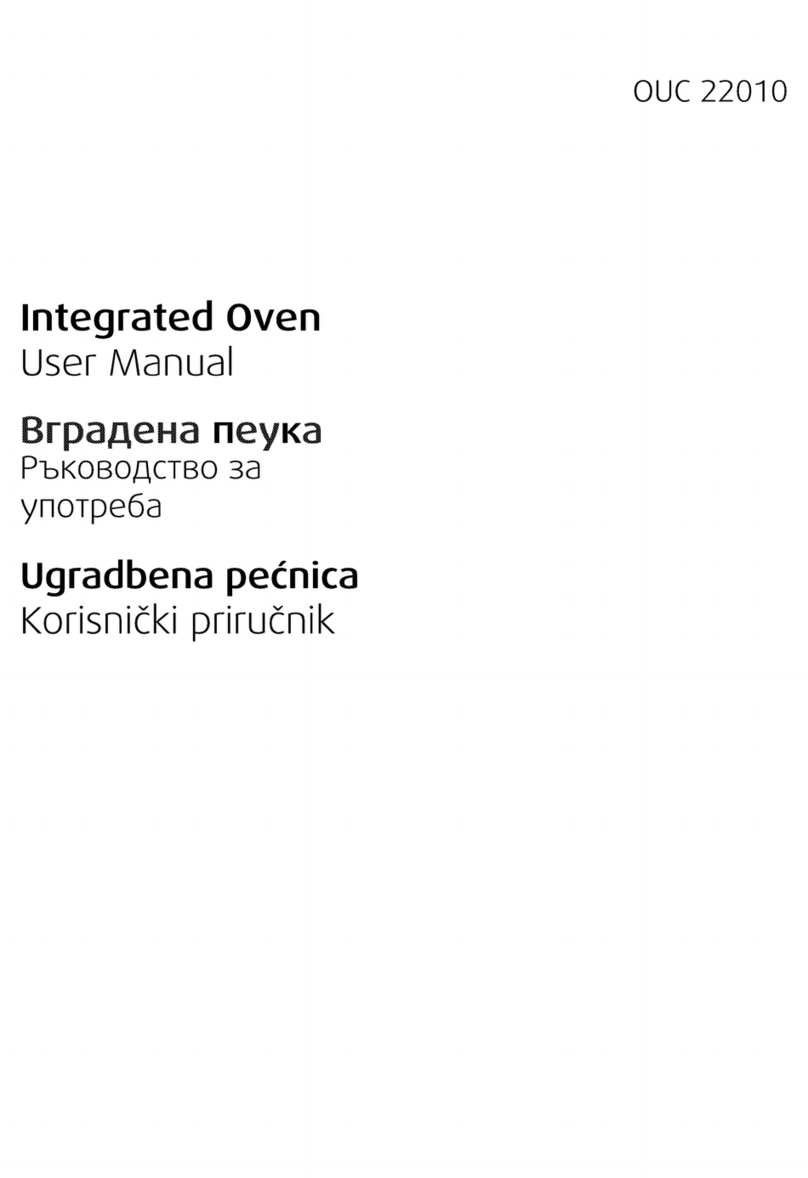
Beko
Beko OUC 22010 User manual

Beko
Beko BIS25500XMS User manual
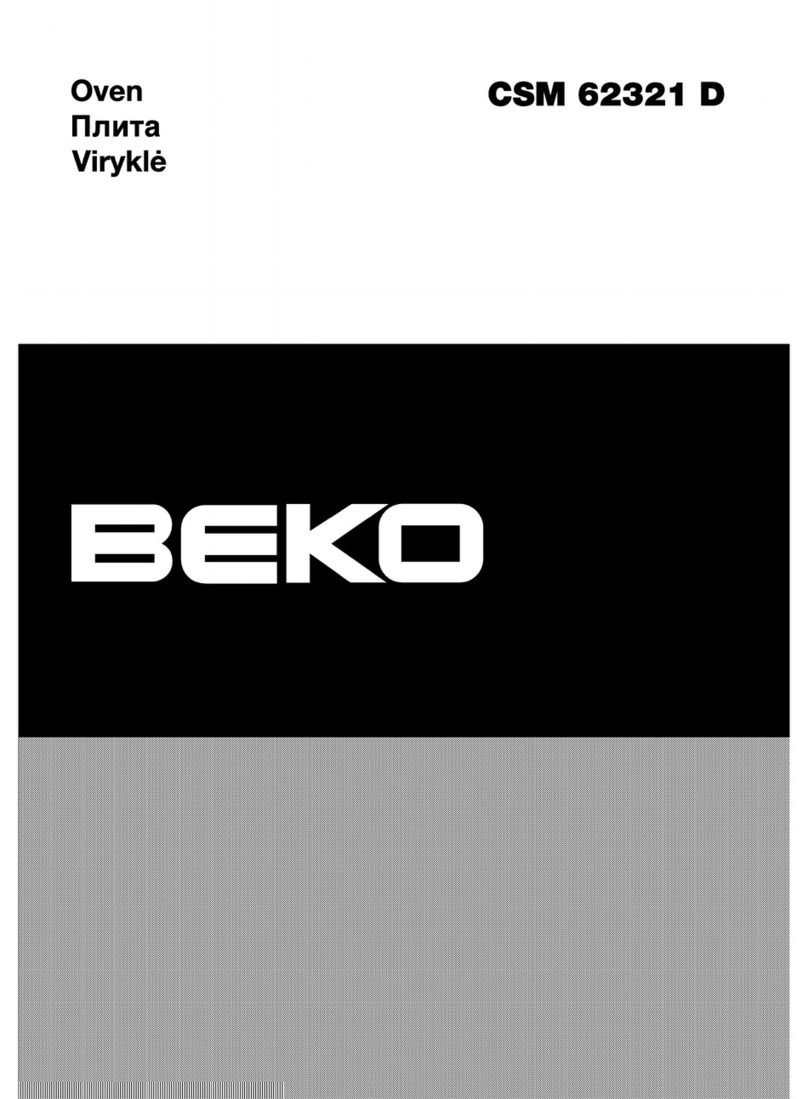
Beko
Beko CSM 62321 D User manual
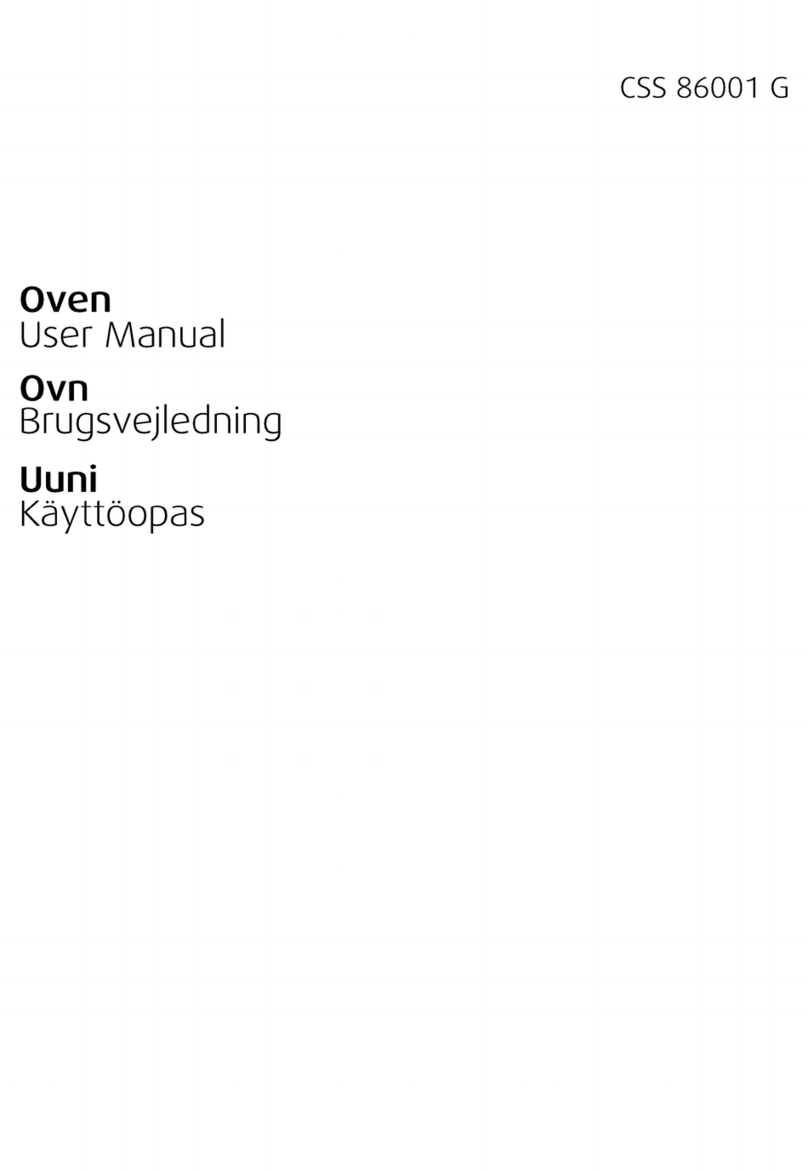
Beko
Beko CSS 86001 G User manual

Beko
Beko OIM-25702 User manual

Beko
Beko BDG 581 User manual

Beko
Beko OIE 22500 XP User manual

Beko
Beko OIM 25600 User manual

Beko
Beko BBCW13400X User manual
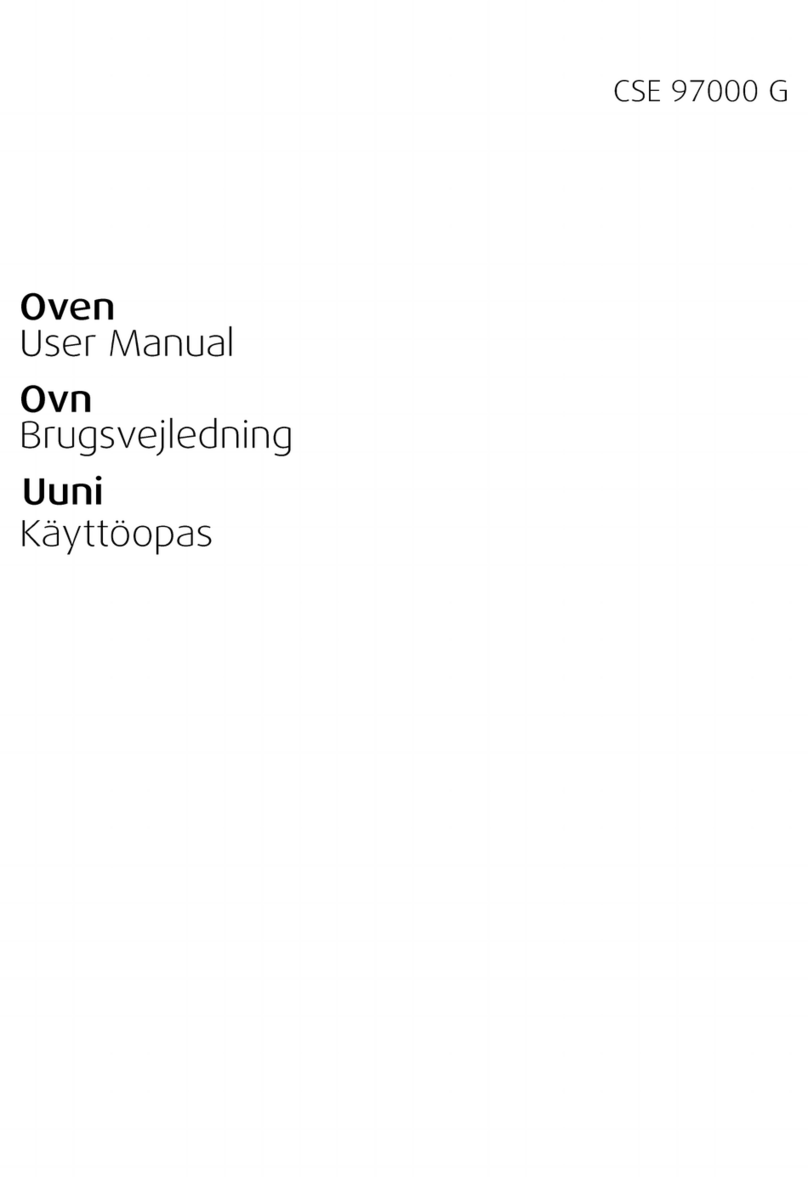
Beko
Beko CSE 97000 G User manual
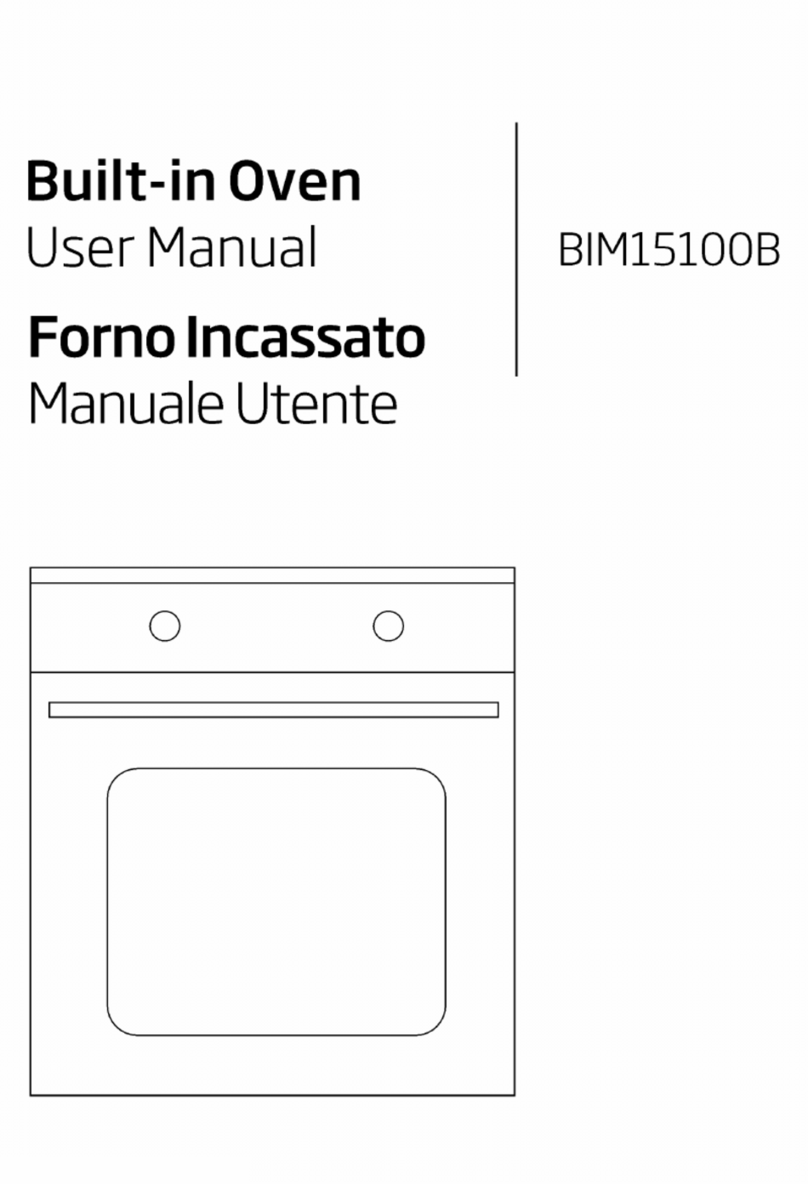
Beko
Beko BIM15100B User manual

Beko
Beko MIN22100X User manual
Popular Oven manuals by other brands

Brandt
Brandt FC 222 user manual

aumate
aumate TOA20M04N-1E instruction manual

Maytag
Maytag CWE4100AC - 24" Single Electric Wall Oven Dimension Guide

Kernau
Kernau KBO 1076 S PT B instruction manual

Bosch
Bosch HB 37 N Series User manual and installation instructions

Electrolux
Electrolux EOD5420AA user manual

























